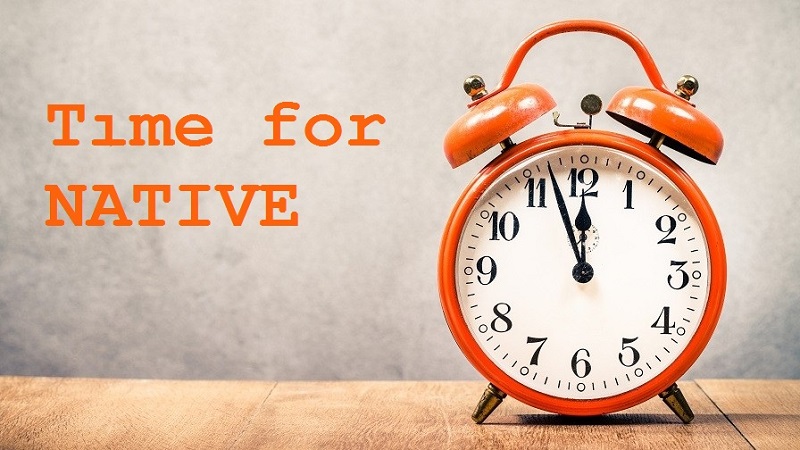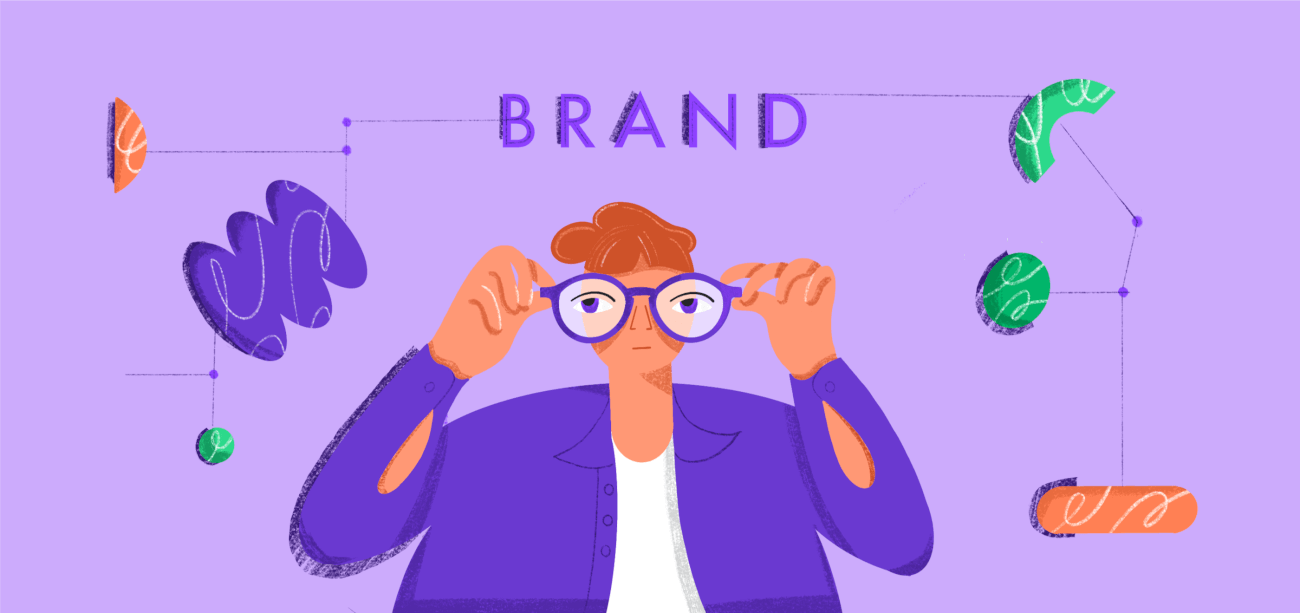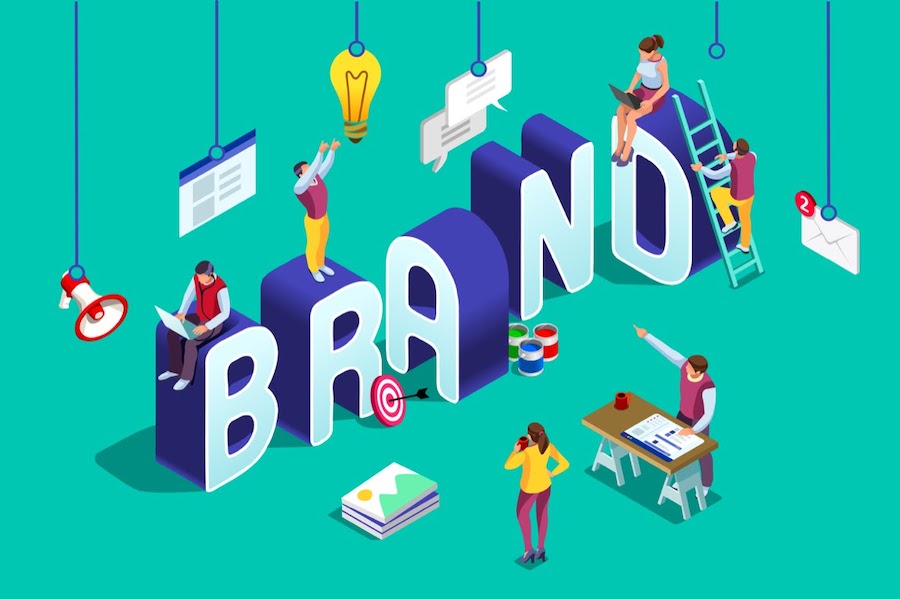For a direction that the industry is inextricably headed towards, the level of confusion around what native advertising is remains a persistent concern.
For the record, it is not click bait, it is not just about content aggregators like Outbrain or Taboola, and it is not to be confused with content marketing though the two are similar yet very different platforms. Content marketing refers to a larger practice of advertising and content distribution as a whole.
Native advertising refers to a form of paid media where the ad experience follows the natural form and function of the user experience in which it is placed.
In other words, the appearance of an ad in an article or page does not jar the reader’s user experience and typically offers relevant or interesting information designed to engage.
Like how chocolate mousse and chocolate cream are similar but different, with both offering an engaging experience.

More and more publishers (outside of the standard social networks) are starting to adopt native ad formats, especially on mobile devices, putting less reliance and priority on traditional ad units. Why? It offers everything you want to do with regular ads but in a more palatable format with great engagement metrics.
For instance, StackAdapt released a study highlighting Native CTR being 3 – 5x higher than Display Banner ads in North America and eMarketer projects native advertising will make up over 50% of display ad spending in the US this year, with a growing percentage coming from non-social environments.
However, the standardisation of native advertising practices is still a work in progress – but once established and plugged into the wider ecosystem – that’s when real scale and acceleration will hit.
The needle is already moving towards that tipping point with programmatic solutions from players like TripleLift and Sharethrough. Google’s launch of AdSense Native ads, a series of new native ad formats that are designed to match the look and feel of publisher websites, has been heralded by some as the “tipping point for native” given the platform’s ubiquity with small and medium sized businesses globally.
Native advertising has been effective for the likes of Facebook, LinkedIn, and Buzzfeed, although those are fairly unique content environments.
As more publishers open up native positions to marketers, they’re discovering ways to monetise these placements. Native feels like a fresh opportunity for better engagement with discerning digital audiences when executed well with the content in the right tone and message.
Think of it like trying to get your child to eat raisin cookies by surrounding it with chocolate chip cookies.
Those that have embraced native advertising formats have seen higher engagement. While publishers have seen higher CPMs and better user experiences.
The benefits are there, but there remain sizeable challenges:
Limited scale and walled gardens: Native advertising is being produced and distributed by a small number of publishers that claim to have mastered the art of content marketing and social amplifications. Outside of giant walled gardens such as Facebook and Twitter, scale is critical to making programmatic native work across the larger ecosystem.
Lack of dynamic content: Those buying native programmatically have double the work of advertisers simply slotting ads into banners and video spots. To be truly native, ad creative shouldn’t just speak to the user based on his or her interests — it must also fit with the look and feel of the surrounding content, which usually means producing imagery, headlines, and a body of text.
Lack of long-term, sustained investment in content partnerships: Without a deep, on-going relationship with an advertiser, companies can’t capitalise on those insights, iterate and optimise, and ultimately share editorial and institutional knowledge.
Lack of uniformity, which impacts ROI: The standardisation of programmatic and its associated technologies is what’s made it so efficient for both buying and selling uniform ad formats. Because native advertising lacks that uniformity, only a small portion is flowing through programmatic pipes today. This is changing as the buy and sell side adopt OpenRTB 2.5, which is standardizing the way native advertising is bought, sold, and measured.
Native formats may not be the primary or the norm just yet but the industry is moving there – and this soon-to-be reality translates to an opportunity for advertisers before the space is crowded with competitive messages.
As a brand marketer, you need to learn how to tell your story with these formats now. Look at using existing tool sets, and not new tools, to start testing or trialling some portion of campaigns this year. It will be the only way to get ahead of the curve.
If you’re already on the test and trial route, here are five questions to help inform your next move with native:
1) Have you tested out native ad units across static and video formats?
2) Does your native advertising work across mobile and desktop environments?
3) Are you measuring your activity consistently with the rest of your digital media? You can through your existing ad server / DSP.
4) Are you aligning your messages to your audiences?
Do you see differences in efficacy between your native advertising inside and outside of walled gardens?
The first mover advantage may not last or even be a possible position, but the rewards will certainly go to the brands and marketers who master this new mode of messaging the best.
And the only way to get there is to practice.
______
by James Sampson
Source: thedrum.com


